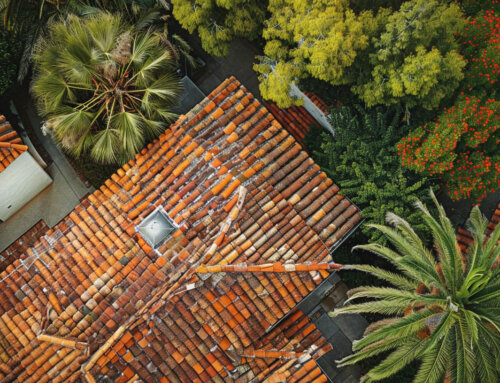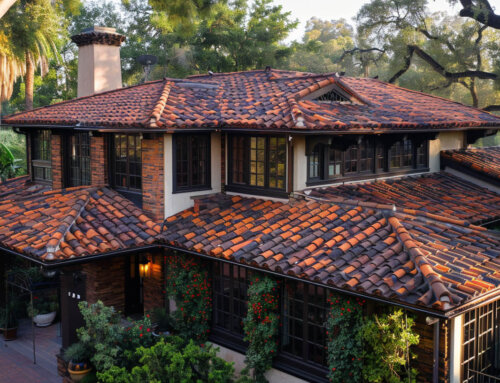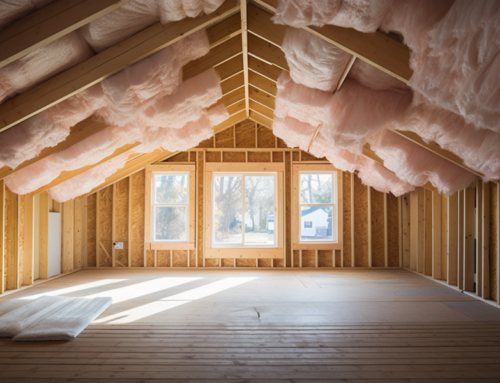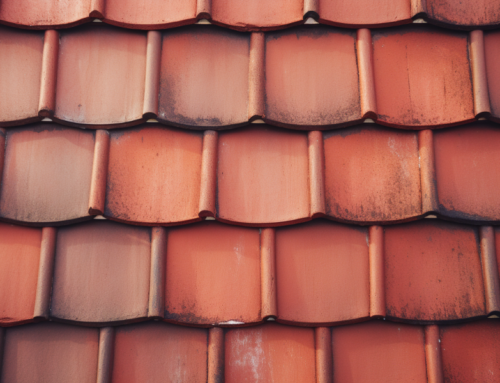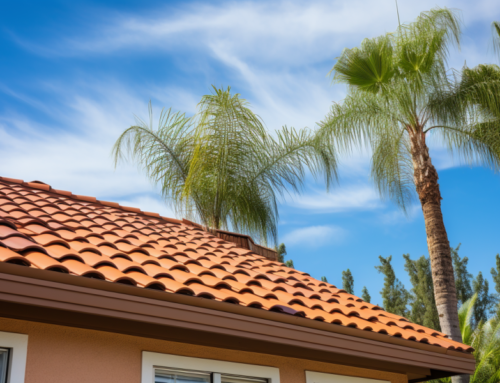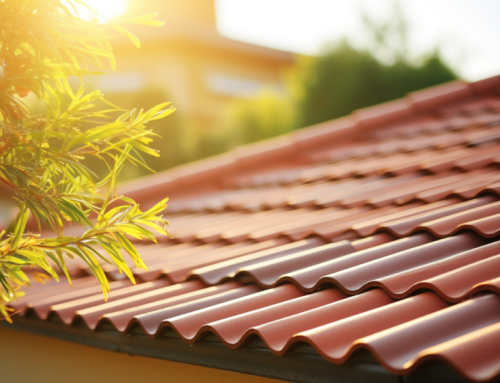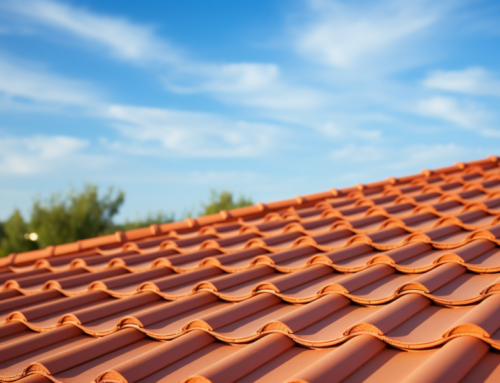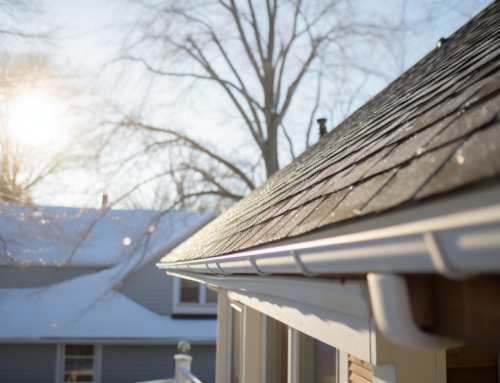Flat roofs, while aesthetically pleasing and space-efficient, come with their own set of challenges. One of the most pressing issues faced by property owners with flat roofs is the accumulation of stagnant water, commonly referred to as “ponding water.” This phenomenon can lead to a plethora of problems if not addressed promptly and effectively.
What Exactly is Ponding Water?
Ponding water refers to the accumulation of water on a flat roof that remains stagnant for more than 48 hours. This can arise due to inadequate drainage systems, issues with the roof’s design, or other infrastructural problems. The presence of stagnant water for prolonged periods can compromise the roof’s integrity, leading to potential damage to the property.
Why Ponding Water is a Concern
The prolonged presence of water on a flat roof poses several risks:
- Vegetation Growth: Stagnant water can become a breeding ground for moss, algae, and other vegetation. These plants can damage the roof as their roots penetrate the roofing materials, potentially leading to leaks and further structural damage.
- Roof Deterioration: Most roofing materials are designed to be water-resistant, not waterproof. Continuous exposure to water can cause these materials to deteriorate over time, reducing their lifespan and effectiveness.
- Structural Issues: The added weight of the water can strain the roof, leading to sagging or, in extreme cases, collapse. This not only poses a risk to the property but can also be a safety hazard.
Addressing the Issue: Key Solutions
Proper Roof Design
The root cause of many ponding water issues is poor roof design. Ensuring that the architectural plans for the roofing project align with the roof’s shape and building layout is crucial. Experienced roofing contractors, like San Diego County Roofing & Solar, emphasize the importance of a well-thought-out design to prevent future issues.
Effective Drainage Systems
An efficient drainage system is essential for preventing water accumulation. This includes having adequately sized and strategically placed drains, ensuring regular maintenance to keep these drains free from debris, and considering the use of crickets or raised areas near roof protrusions to divert water.
Tapered Insulation
Tapered insulation, like the popular GAF’s EnergyGuard™ Tapered Polyiso Foam Roof Insulation, offers a built-in slope. This design helps direct water towards drains, preventing accumulation.
Regular Maintenance
Routine checks and maintenance can help identify potential problem areas before they escalate. Keeping drains clean, ensuring the roof is free from debris, and checking for signs of wear and tear are essential steps in this process.
Choosing the Right Partner
While there are DIY solutions available, addressing ponding water issues effectively often requires professional expertise. Companies like San Diego County Roofing & Solar have the experience and knowledge to diagnose and remedy these problems. When considering roofing contractors in San Diego, it’s essential to choose a partner who understands the unique challenges posed by flat roofs and has a track record of providing effective solutions.
Conclusion
Ponding water on flat roofs is undeniably a concern, but with the right approach and expertise, it’s a manageable one. By understanding the causes, recognizing the signs, and taking timely action, property owners can ensure the longevity and safety of their roofs. Whether you’re facing ponding water issues or looking to prevent them, partnering with local roofing companies in San Diego, like San Diego County Roofing & Solar, can make all the difference.



